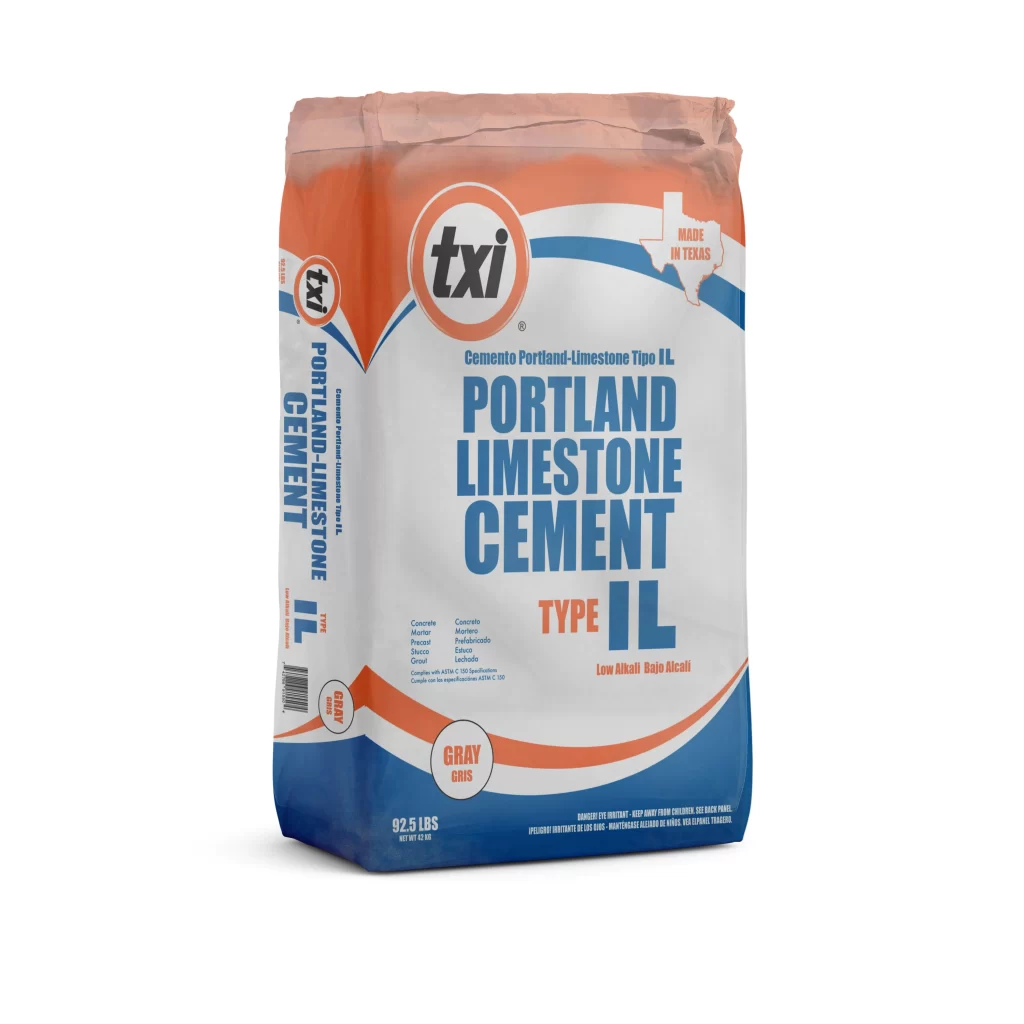

Concrete is a fantastic building material. It is extremely durable and long lasting. Numerous Roman structures, like the Pantheon, are still standing after nearly two thousand years. That’s why we still use it today for buildings, driveways, patios, sidewalks and steps. Most concrete materials can be found locally at nearly any point on the planet. This keeps building costs down. It is such a good building material that humans produce nearly twenty trillion pounds of it every year. But what materials will future concrete include?
Concrete and Global Warming
There is one major problem with concrete, and it becomes more serious every day. Portland cement, the binder which holds the other materials in concrete together, accounts for about ten to twenty percent of concrete. Manufacturing Portland cement releases carbon dioxide. Scientists estimate that four to eight percent of all carbon dioxide emissions come from cement production. For comparison, aviation accounts for two to three percent.
Portland cement is created by heating a mixture of lime and clay. The process of converting limestone into lime emits carbon dioxide. Manufacturing one pound of cement also releases nine-tenths of a pound of carbon dioxide. Future concrete will no doubt use less lime.


Concrete Versus Asphalt
At this point you may be thinking it’s better for the environment to construct your driveway from asphalt rather than concrete. An assessment by the Athena Sustainable Materials Institute estimated that asphalt roadways require two to five times as much energy as concrete. Another life-cycle assessment concluded that over a forty-year lifespan, concrete was both more cost effective and better for the environment than asphalt.
Reducing the Environmental Impact of Concrete
Reducing the emission of carbon dioxide during the making of concrete has been recognized as a necessity by many people. Among his many activities, Elon Musk has funded the Xprize Carbon Renewal, which has a total purse of one hundred million dollars. The goal is to identify solutions that will reduce carbon dioxide emissions into the atmosphere.
The competing teams are investigating a wide variety of potential solutions. Some involve removing carbon dioxide directly from the atmosphere, while others look to reduce emissions from specific industries. Naturally, some competitors have targeted the concrete industry. There are several potential methods of reducing emissions while manufacturing concrete:
- Adding waste materials like fly ash (residue left over after burning coal) or ground up rubber tires into the mix. This can not only reduce emissions, but also dispose of materials that would otherwise end up in a landfill.
- Injecting carbon dioxide into concrete during the mixing process
- The Swiss company Oxara is developing a clay based concrete
Look for technology in the next couple decades to significantly reduce the carbon dioxide released during the production of concrete.
